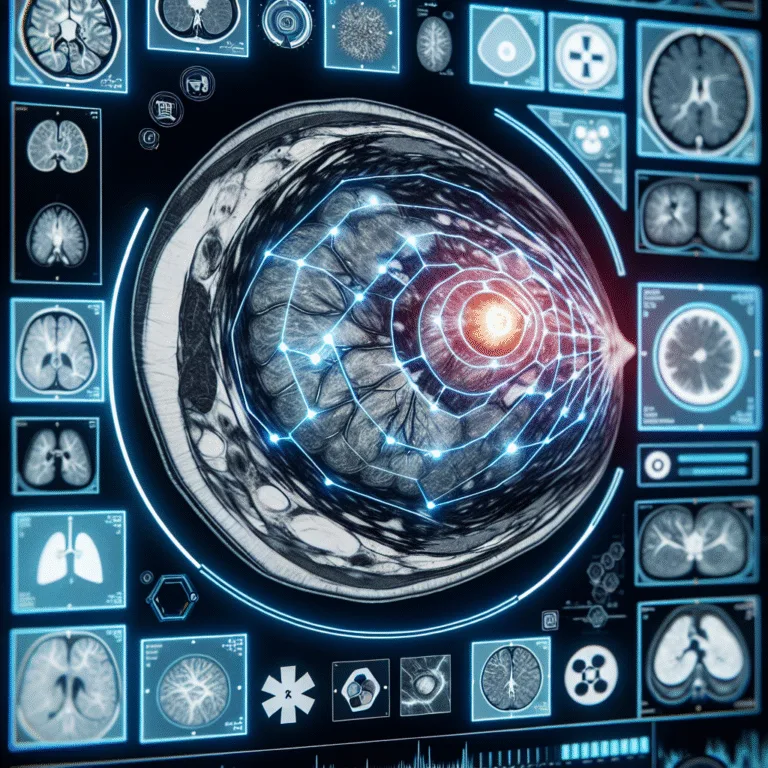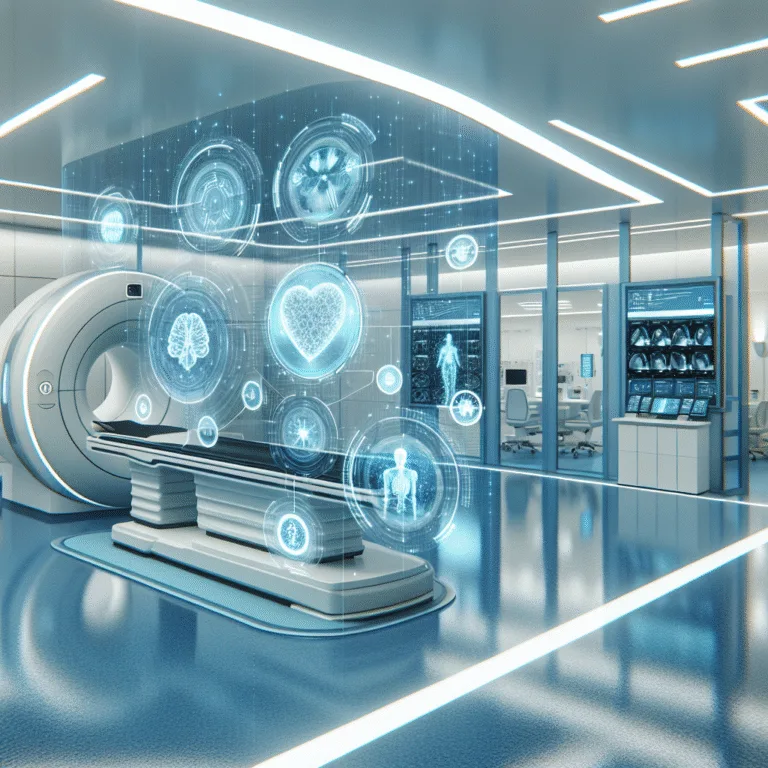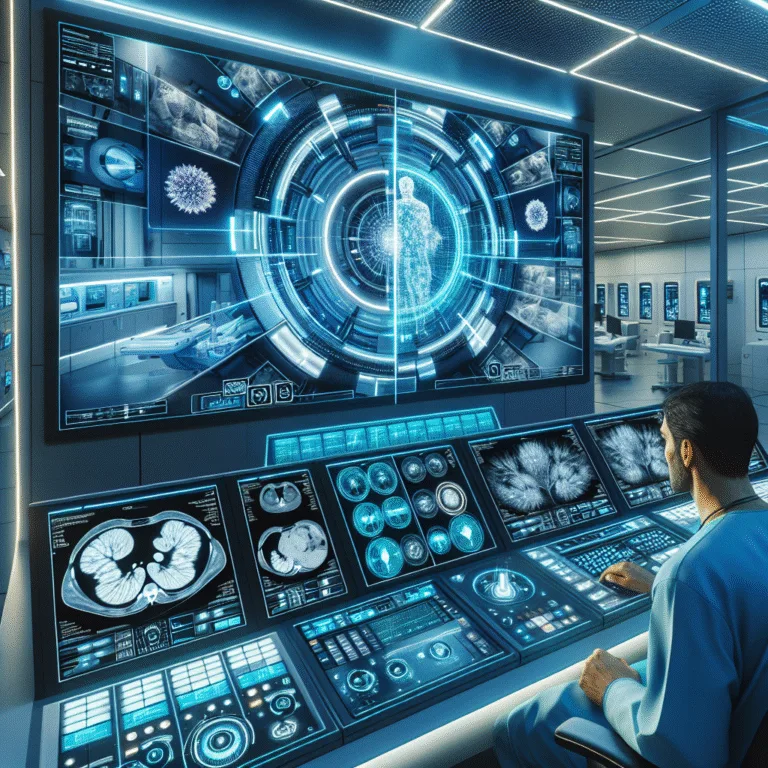The Direct Link: Patient Outcome Improvements from Faster MRI Reporting
The Direct Link: Patient Outcome Improvements from Faster MRI Reporting
Faster reporting isn’t just about efficiency; it’s about lives. This article explores the critical, direct link between reduced MRI report turnaround times and tangible improvements in patient outcomes. We examine evidence showing how quicker diagnoses can lead to earlier treatment, better prognoses, and reduced patient anxiety.
In the fast-paced world of medical imaging, the ability to deliver rapid and accurate MRI reports is crucial. The concept of patient outcome improvements from faster MRI reporting is increasingly recognized as a vital component in modern healthcare. By reducing the time between imaging and diagnosis, healthcare providers can initiate treatment sooner, potentially improving patient prognoses and reducing anxiety.
Understanding the Importance of Speed in MRI Reporting
Timely MRI reporting is essential for several reasons. First, it allows for quicker diagnosis of potentially life-threatening conditions, such as strokes or tumors. A study published in the Journal of Medical Imaging highlights that rapid reporting can significantly decrease the time to treatment initiation, which is crucial for patient recovery and outcome.
Moreover, faster reporting can alleviate patient anxiety. Waiting for results can be a stressful experience, and quicker turnaround times can provide patients with peace of mind, knowing that their healthcare providers are acting swiftly and efficiently.
Impact on Clinical Decision-Making
Speedy MRI reporting also enhances clinical decision-making. With prompt access to imaging results, clinicians can make informed decisions about patient care pathways. This is particularly important in emergency settings, where every second counts. For instance, in cases of suspected acute stroke, immediate access to MRI results can be the difference between full recovery and long-term disability.
Technological Advances Facilitating Faster Reporting
The advent of AI technologies, such as Rad Report AI, has revolutionized the way radiologists produce reports. These tools streamline the reporting process, allowing radiologists to focus on interpretation rather than documentation. By utilizing voice dictation and AI-assisted report generation, radiologists can reduce the time spent on each report, thereby increasing their overall efficiency.
AI-driven platforms can also help minimize errors and inconsistencies in reports, ensuring that the information provided is both accurate and reliable. This enhances the quality of care patients receive and supports better clinical outcomes.
Sample Radiology Report Template
Patient Name: [Patient Name]
Date of Birth: [DOB]
Date of Exam: [Exam Date]
Referring Physician: [Physician Name]
Findings:
- Brain: No acute intracranial hemorrhage or mass effect.
- Spine: Normal alignment and disc spaces.
- Additional Findings: [Additional Notes]
Impression:
- No acute findings. Recommend follow-up in 6 months.
Radiologist: [Radiologist Name]
Date of Report: [Report Date]
Real-World Evidence of Improved Patient Outcomes
Several studies have demonstrated the positive impact of faster MRI reporting on patient outcomes. For example, research published in the Radiology Business Journal suggests that hospitals implementing AI-assisted reporting systems have seen reductions in report turnaround times by up to 50%. This has led to more timely interventions and improved patient satisfaction scores.
Furthermore, faster reporting can contribute to reduced hospital stays, as patients receive appropriate treatments sooner. This not only benefits patients but also alleviates pressure on healthcare systems by freeing up valuable resources.
Challenges and Considerations
While the benefits of faster MRI reporting are clear, there are challenges to consider. Ensuring data security and patient privacy is paramount when implementing AI technologies. Additionally, radiologists must be adequately trained to use these new tools effectively, ensuring that the quality of reports is maintained.
Despite these challenges, the potential for patient outcome improvements from faster MRI reporting is significant. By embracing technological advancements and optimizing reporting workflows, radiologists can play a pivotal role in enhancing patient care.
In conclusion, the integration of AI technologies in radiology practice is a promising development that can lead to substantial improvements in patient outcomes. By reducing MRI report turnaround times, healthcare providers can offer faster diagnoses, initiate treatments earlier, and ultimately improve the quality of care delivered to patients.
🚀 Try Rad Report AI For Free — and experience faster, smarter reporting today.







